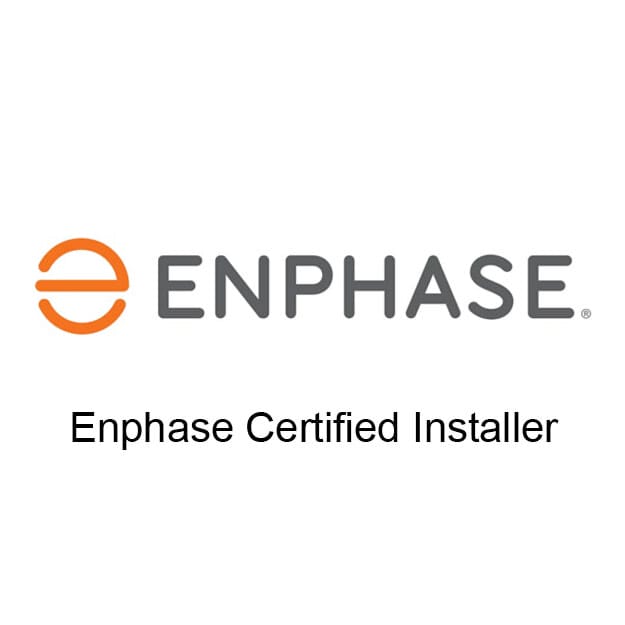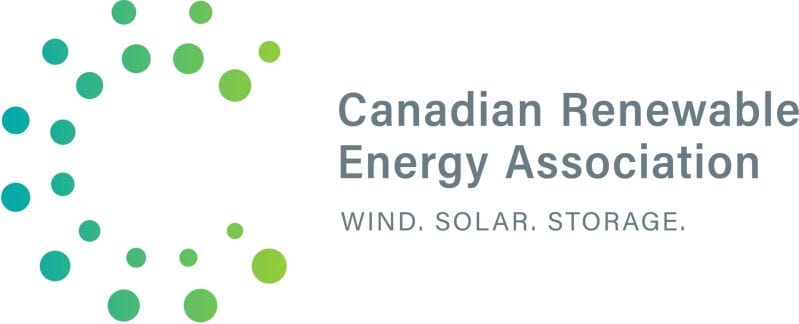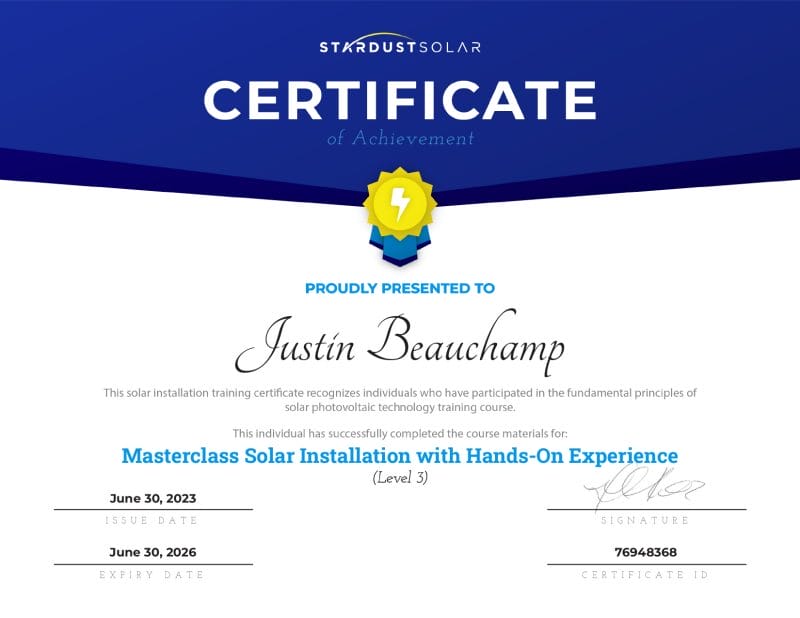Harnessing the sun’s power isn’t just the latest trend—it’s a crucial step toward a sustainable future. Solar energy is one of the most promising renewable sources, transforming how we power our homes and reduce our carbon footprint.
But what exactly goes into a household solar panel system?
Let’s explore and unpack the key components that make up this game-changing technology. Whether you’re a homeowner eyeing an eco-friendly switch or merely curious about the buzz, this guide will illuminate the significance and inner workings of different household solar panel systems.
Solar Panel Types
Solar panels come in various types, each with its unique set of specifications concerning efficiency, material composition, and durability. Exploring these factors helps you better understand each type, so you can make an informed choice that suits your needs and budget.
1. Monocrystalline Panels:
Monocrystalline panels, often recognized by their black hue, consist of single crystal structures. According to Solar Panels Network, these are made using silicon ingots cut from a single, pure crystal of silicon, which ensures a more aligned and consistent structure. This unique creation process allows for enhanced electron flow, contributing to their higher efficiency.
Efficiency and Size Details
| Attribute | Value |
| Average Efficiency | 15-20% |
| Typical Size | 156mm x 156mm (Standard Cell Size) |
Pros and Cons
| Pros | Cons |
| High efficiency | Higher cost compared to other types |
| Long lifespan | Requires more space for equal output |
| Aesthetically pleasing due to uniform colour | Potential performance decrease in high temperatures |
2. Polycrystalline Panels:
Polycrystalline panels, with their hallmark blue tint, are made from melting multiple silicon fragments. These fragments, when cooled, form an interwoven structure of multiple crystals. As a result, electron movement is less streamlined than in monocrystalline panels.
Efficiency and Size Details
| Attribute | Value |
| Average Efficiency | 13-16% |
| Typical Size | 156mm x 156mm (Standard Cell Size) |
Pros and Cons
| Pros | Cons |
| More affordable than monocrystalline | Slightly lower efficiency |
| Requires less energy to manufacture | Less space-efficient |
| Good lifespan | Aesthetically varied due to crystal mixture |
3. Thin-Film Panels:
Thin-film panels stand apart from their crystalline counterparts due to their non-crystalline silicon makeup. Instead, they involve depositing thin layers of photosensitive materials onto a substrate, ranging from glass to plastic. This results in a very thin and flexible panel.
| Attribute | Value |
| Average Efficiency | 10-12% |
| Typical Size | Varies based on application and type |
Due to their flexibility and lightweight nature, thin-film panels are perfect for areas where traditional panels might not be viable—like on curved surfaces or temporary installations. They are also favoured when weight or aesthetics is a concern, though they require more space for the same power output as crystalline panels.
Inverter Types
A powerful solar panel system reaches its full potential when paired with a suitable inverter, a critical gadget that comes in various types, each serving a distinct purpose. The synergy between your solar panels and the inverter significantly impacts the efficiency and reliability of the entire solar power system.
1. String Inverters:
String inverters play the role of converting the direct current (DC) power generated by a series (or “string”) of solar panels into alternating current (AC) power, which is suitable for home use. Essentially, all the panels in a string feed their power into one single string inverter.
Efficiency and Performance Details
| Attribute | Value |
| Average Efficiency | 94-98% |
| Peak Performance | Midday, when solar irradiance is at its highest |
| Durability | 10-15 years, depending on environmental factors |
Ideal Scenarios for Use:
String inverters work best in larger solar installations where all panels have similar sun exposure and orientation.
2. Microinverters
Microinverters are compact inverters attached to individual solar panels. Instead of pooling the DC from multiple panels and converting it at one central point, each panel’s DC power is converted at the source. This ensures that the performance of one panel doesn’t impact the performance of others.
Microinverters generally operate at efficiencies of around 95-97%. Their individualized operation allows for optimized performance even if some panels are shaded or oriented differently.
Benefits and Drawbacks
| Benefits | Drawbacks |
| Improved performance in varied or shaded conditions | Higher upfront costs compared to string inverters |
| Enhanced monitoring of individual panel performance | More components can increase potential maintenance |
3. Power Optimizers:
Power optimizers sit between the functionality of string and microinverters. Attached to individual panels, they optimize the DC power output for the best performance before sending it to a centralized string inverter for AC conversion. This offers panel-level optimization without the need for panel-level inversion.
Efficiency and Performance Insights
| Attribute | Value |
| Average Efficiency | 98-99% (at optimizing DC power) |
| Peak Performance | Throughout the day, adapting to shading and mismatches |
| Durability | Typically 20-25 years |
When and Why to Use Them
| When to Use | Why to Use |
| Varied panel orientations with centralized conversion | Maximizes output for each panel, reducing the impact of potential shading or mismatches |
| When individual panel monitoring is desired without the full cost of microinverters | Offers a balanced cost-to-performance ratio, leveraging the best of both string inverters and microinverters |
Mounting and Racking Systems
The foundation of a high-performing solar panel system lies not only in the panels but also in the mounting and racking systems that hold them in place. The right selection can significantly amplify your solar setup’s efficiency, ensuring optimum sun exposure and, in turn, higher energy production.
Roof-mounted vs. Ground-mounted Systems:
| Roof-mounted Systems | Ground-mounted Systems | |
| Advantages | – Utilizes existing structure (roof) – Doesn’t consume additional ground space | – Can be oriented for optimal sun exposure – Easier access for maintenance and repair |
| Disadvantages | – Potential roof damages during installation – More expensive due to additional materials | – Consumes yard or land space – Typically more expensive due to additional materials |
Space Considerations:
For roof-mounted systems, the available space is limited to the roof size and structure. In contrast, ground-mounted systems require a larger footprint but allow for more flexibility in orientation and expansion.
Tracking vs. Fixed Mounting:
| Fixed Mounting | Tracking | |
| Differences | – Panels remain stationary – Set at a fixed angle | – Panels move to follow the sun’s path – Adjusts angle throughout the day |
| Efficiency Gains | Steady but may not maximize solar capture | Can increase efficiency by 20-40%, depending on location |
| Maintenance & Durability | Minimal maintenance; fewer moving parts | Requires more maintenance; potential durability concerns with moving parts |
Battery Storage Options
As your solar power system ceaselessly harnesses energy, it generates surplus electricity that embodies the potential for later use. Incorporating a battery storage system is a smart move to capture this excess energy. Let us take a look at the variety of options available.
On-grid vs. Off-grid Systems:
On-grid: Tied to the local electricity grid, can draw or feedback power.
Off-grid: Operates independently, relying solely on solar power and batteries.
| On-grid Systems | Off-grid Systems | |
| Pros | – Can draw/sell power to the grid – Cheaper and simpler setup | – Total energy independence – Usable in remote areas |
| Cons | Affected by grid power outages | Requires large battery storage |
Lithium-ion vs. Lead-Acid Batteries
Lithium-ion: High energy density, longer-lasting.
Lead-acid: Traditional, bulkier with a shorter life.
Lithium-ion vs. Lead-Acid
| Attribute | Lithium-ion | Lead-Acid |
| Capacity | High energy in small space | Bigger space for the same energy |
| Cycle Life | Longer (1000-5000 cycles) | Shorter (200-1000 cycles) |
| Backup Power | Consistent, long-lasting | Less consistent, degrades with age |
Lithium-ion is ideal for those seeking a long-term, efficient solution, whereas Lead-acid can be more budget-friendly for short-term needs.
Warranty and Long-Term Performance
A comprehensive understanding of your solar power system’s long-term performance and the warranty coverage on its components is indispensable for prudent planning and safeguarding your investment.
Being well-informed on these aspects will equip you to anticipate potential issues and ensure that you have the necessary warranty protections in place.
Typical Warranty Coverage
| Component | Typical Warranty Duration | Coverage Details |
| Solar Panels | 25-30 years | Performance guarantee (usually 80-90% of initial output at the end of a warranty) |
| Inverters | 5-15 years | Defects in workmanship and materials |
| Batteries | 5-10 years (varies by type) | Cycle life or energy throughput guarantees |
| Other Components | 5-10 years | Defects in workmanship and materials |
Understand warranty specifics, such as performance clauses, what damages are covered, and if replacement labour costs are included. Also, be careful of companies with longer warranties than their business history.
Degradation Rates and Expected Lifespan:
Solar panels typically degrade at a rate of 0.5% to 1% per year. This means after 25 years, they can still produce about 80-90% of their initial output.
Lifespan of Inverters and Batteries
| Component | Typical Lifespan | Notes |
| Inverters | 10-20 years | String inverters often have shorter lifespans than microinverters. |
| Batteries (Lithium-ion) | 10-15 years (depending on cycles) | Lifespan varies based on use and maintenance. |
| Batteries (Lead-acid) | 5-10 years | Requires regular maintenance to maximize lifespan. |
Factors Affecting Longevity:
Proper installation, regular maintenance, local climate, and usage patterns can all influence the performance and longevity of solar system components.
Monitoring and Maintenance Services
Monitoring is essential to ensure that your solar system is operating at its peak efficiency. By keeping tabs on your system’s output and health, you can quickly identify and address any issues, maximizing your energy savings and return on investment.
Many modern solar systems have integrated monitoring software that is accessible via smartphones or computers. These platforms provide insights into real-time performance, energy production, and system health.
Maintenance Needs and Services
| Maintenance Category | Description | Frequency |
| Solar Panel Installation Plan | Initial assessment, design, and planning for optimal system setup. | One-time |
| Solar Panel Installation | Setting up panels, inverters, and other system components. | One-time |
| Solar Maintenance | Cleaning panels, checking system health, and repairing/replacing faulty parts. | Semi-annually or annually, and as needed |
Solar Energy is the Future
The essence of having the perfect household solar panel system lies in understanding and choosing the right combination based on household needs. Factors such as location, energy needs, budget, and available space all play a part in determining the best setup for you. With its environmental benefits and potential for cost savings in the long run, there’s no better time to explore and embrace this green energy source.
At MAG Solar, we stand ready to transform your solar aspirations into reality. Reach out to us for an appointment today, and share your vision for a greener, energy-empowered home.
Frequently Asked Questions
Will my solar system work during power outages?
If you have an off-grid system with battery storage, your system will work during power outages. On-grid systems typically shut down during grid outages without a battery backup.
Are there monitoring tools to check the performance of my solar system?
Yes, monitoring tools are essential for modern solar systems. They provide real-time insights into a system’s performance, health, and efficiency. Below is a brief overview:
How They Work:
- Sensors in the system collect performance data.
- Data loggers store this information.
- Monitoring software analyzes the data.
- Users access insights via web dashboards or smartphone apps.
Popular Monitoring Tools:
- SolarEdge Monitoring: Offers module-level and system-wide performance data.
- Enphase Enlighten: Provides insights for each panel when using their microinverters.
- SMA Sunny Portal: Works with SMA inverters to gauge system performance.







